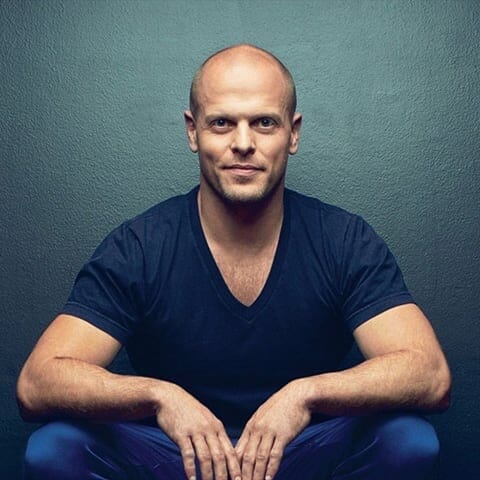 author
authorDiscover the Best Books Written by Benoit B. Mandelbrot
Benoit B. Mandelbrot was a Polish-born French-American mathematician and polymath with broad interests in the practical sciences, especially regarding what he labeled as "the art of roughness" of physical phenomena and "the uncontrolled element in life." He referred to himself as a "fractal" and is recognized for his contribution to the field of fractal geometry, which included coining the word "fractal" as well as developing a theory of "roughness and self-similarity" in nature.
In 1936, at the age of 11, Mandelbrot and his family emigrated from Warsaw, Poland, to France. After World War II ended, Mandelbrot studied mathematics, graduating from universities in Paris and the United States and receiving a master's degree in aeronautics from the California Institute of Technology. He spent most of his career in both the United States and France, having dual French and American citizenship.
In 1958, he began a 35-year career at IBM, where he became an IBM Fellow and periodically took leaves of absence to teach at Harvard University. At Harvard, following the publication of his study of U.S. commodity markets in relation to cotton futures, he taught economics and applied sciences. Because of his access to IBM's computers, Mandelbrot was among the first to use computer graphics to create and display fractal geometric images, leading to his discovery of the Mandelbrot set in 1980.
He showed how visual complexity could be created from simple rules. He said that things typically considered to be "rough," a "mess," or "chaotic," such as clouds or shorelines, actually had a "degree of order." His math- and geometry-centered research included contributions to such fields as statistical physics, meteorology, hydrology, geomorphology, anatomy, taxonomy, neurology, linguistics, information technology, computer graphics, economics, geology, medicine, physical cosmology, engineering, chaos theory, econophysics, metallurgy, and the social sciences.
Toward the end of his career, he was Sterling Professor of Mathematical Sciences at Yale University, where he was the oldest professor in Yale's history to receive tenure. Mandelbrot also held positions at the Pacific Northwest National Laboratory, Université Lille Nord de France, Institute for Advanced Study and Centre National de la Recherche Scientifique. During his career, he received over 15 honorary doctorates, served in many scientific journals, and won numerous awards. His autobiography, The Fractalist: Memoir of a Scientific Maverick, was published posthumously in 2012.
Benedykt Mandelbrot was born in a Lithuanian Jewish family in Warsaw during the Second Polish Republic. His father made his living trading clothing; his mother was a dental surgeon. During his first two school years, he was tutored privately by an uncle who despised rote learning: "Most of my time was spent playing chess, reading maps, and learning how to open my eyes to everything around me."
In 1936, when he was 11, the family emigrated from Poland to France. The move, World War II, and the influence of his father's brother, the mathematician Szolem Mandelbrojt (who had moved to Paris around 1920), further prevented a standard education. "The fact that my parents, as economic and political refugees, joined Szolem in France saved our lives," he writes.
Best author’s book



Written books
1



















